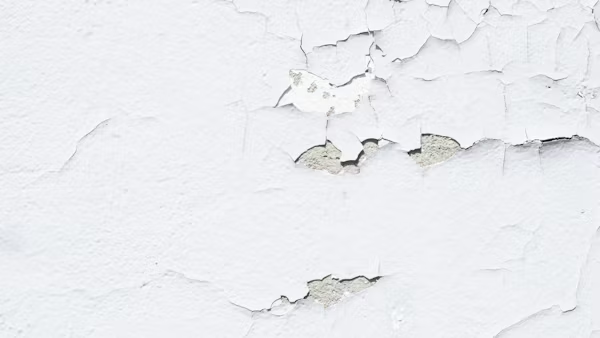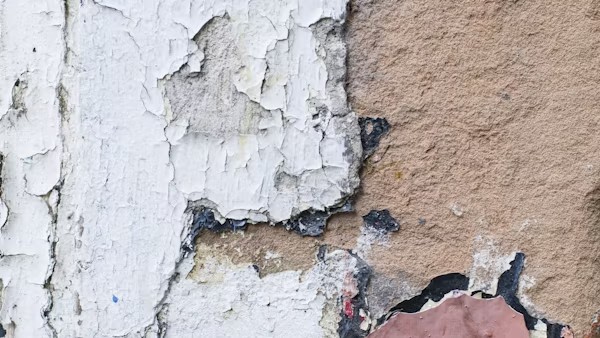How Weather Can Affect Concrete and What You Can Do About It
Once you have done the job of setting it, concrete is among the longest-lasting materials that mankind has encountered. Concrete is the most used material nowadays, second only to water, and this is not without cause. Longevity, low maintenance requirements, and resistance to fire, heat, wind, and water are just a few of its many desirable qualities. After reading this, you may be under the impression that concrete is mostly unaffected by weather. We know that can’t be true from experience; otherwise, problems like potholes and crumbling foundations wouldn’t exist. Learn the fundamentals of weather’s impact on concrete and the measures installers may take to lessen it in this article.
Cold Winters
Temperatures below freezing, snow, and ice may all cause significant damage to your concrete flooring. However, salt has the potential to do the greatest harm under certain circumstances. Concrete is a material that is permeable, which means that even though it is solid and strong, it is still able to allow liquids and gasses to move through it. In the process of applying salt and other deicing substances to concrete, the acidic qualities of the salt have the potential to penetrate the concrete and cause damage to the bonds that are responsible for holding the concrete together. Because of this, your concrete will degrade more quickly, which will result in cracks, voids, and dangerous trip hazards. If your flooring has been damaged by salt, getting in touch with a competent service that does concrete repairs in Brisbane or any other city, will help reduce risks and restore your flooring to its original beauty. Ensuring the lifespan and safety of your concrete surfaces requires prompt intervention from qualified specialists who can fix concerns including cracks, voids, and surface degradation.
High Temperatures
Concrete encounters many problems that could compromise its strength and durability when exposed to high temperatures. The quick evaporation of water from the concrete mixture is caused by high temperatures, which speed up the hydration process. Plastic shrinkage occurs when the outside of a concrete object dries up before its inside does, leading to surface flaws and fractures as a consequence of the concrete’s quick evaporation. Furthermore, the concrete may expand due to the high temperatures, which may create internal strains and cracking. It can also dry up too rapidly before reaching its full strength if the weather is too hot, which may also prevent it from curing properly. The quality and longevity of concrete structures exposed to hot weather conditions depend on careful preparation, close monitoring, and the use of safety measures.
Season Changing
Alternating between a hot and humid summer and a cool autumn may also be harmful to the concrete around you. The expansion of your concrete will occur over the summer months as temperatures rise, as we mentioned before. Because of the decrease in temperature that occurs as the weather transitions from summer to autumn, your concrete will begin to shrink. The changing shape of your concrete may also be caused by these changes in temperature, and the next thing that happens is that it moves. Your concrete may end up becoming uneven and fractured as the seasons change.
Wind
The wind has the potential to greatly affect hardened concrete, particularly in the crucial first phases of curing. When strong winds accelerate water evaporation from its surface, concrete dries quickly. The structural integrity of the concrete might be jeopardized due to surface cracking and shrinking caused by this significant moisture loss. Curing materials, such as curing blankets or membranes, are crucial for ensuring that the concrete hydrates properly and keeps moisture levels stable; yet, wind might impede their application. Erosion and concrete damage may occur over time as a consequence of abrasive particles transported by the wind, which is especially problematic in very windy areas, where many parts of the house, especially the roof, can be damaged since these places are prone to dust or sand storms. It is essential to use preventive measures, such as windbreaks or temporary wind barriers, to protect newly poured concrete from excessive wind exposure to reduce the negative effects of wind. Furthermore, to encourage the formation of strong and long-lasting concrete structures, it is important to use the right curing procedures and apply curing chemicals at the right times to reduce the effects of wind-induced moisture loss.
First Step in Solving the Problem
Take immediate action when concrete is damaged to stop future damage and make sure the structure lasts. Determine the kind and level of damage as a first step. This includes locating surface problems like cracks or spalling and figuring out what caused them. An accurate assessment of the damage is necessary before deciding on a way to repair this damage. It is possible to fix and seal small cracks and surface flaws using patching solutions or homemade repair kits. If the damage is more serious or if there are structural difficulties, it’s best to consult with concrete contractors or structural experts. If you choose these professionals, you can be certain that the repairs will be done efficiently and according to industry standards since their solutions are customized to your project’s demands.
Repair Process
After you’ve decided on the best course of action for fixing the damage, the next step is to get the affected region ready. It is common practice to clean the surface to eliminate any dust, filth, or other particles that may prevent adhesion. To provide a strong base for the restoration material, it is also necessary to remove any damaged or weak concrete. To guarantee proper application and the best results, certain tools and equipment may be needed, depending on the damage type and repair technique chosen. Finally, for the restored concrete to completely bind and recover its strength, you must cure and maintain it properly. You can make sure you are doing this whole process the right way by following the manufacturer specifications that are usually given for the used material.
Protecting the integrity of the surfaces on your property requires an awareness of how temperature affects concrete and its leveling. As a homeowner or property manager, it’s important to take proactive measures to solve concrete concerns caused by temperature changes and think about hiring a professional concrete repair service. Be ready ahead of time to save both time and money since concrete, like any other substance, reacts to its surroundings.









